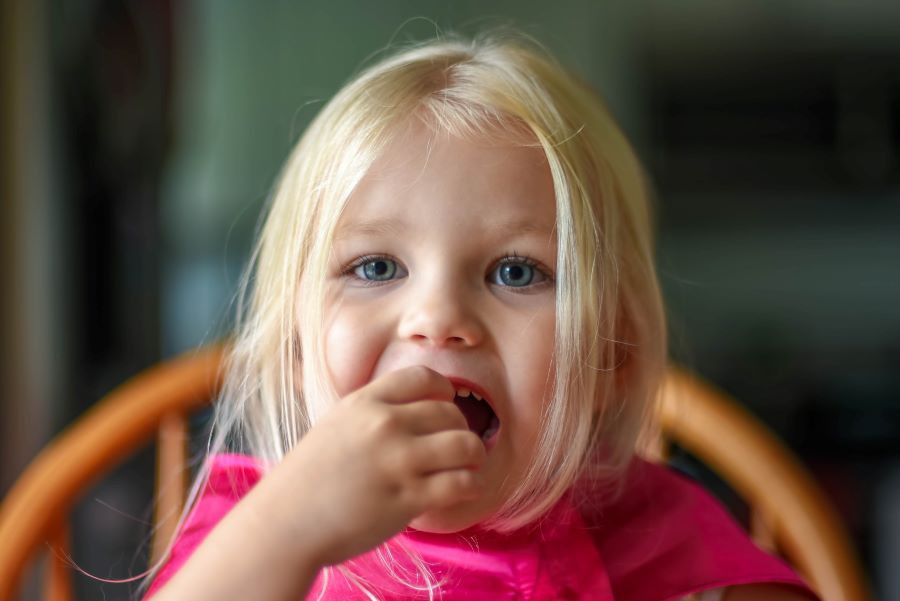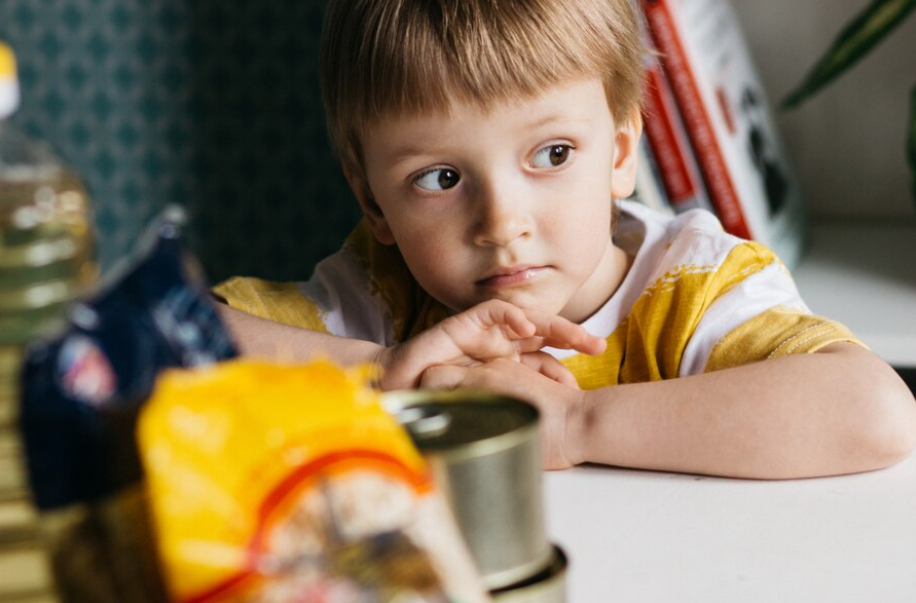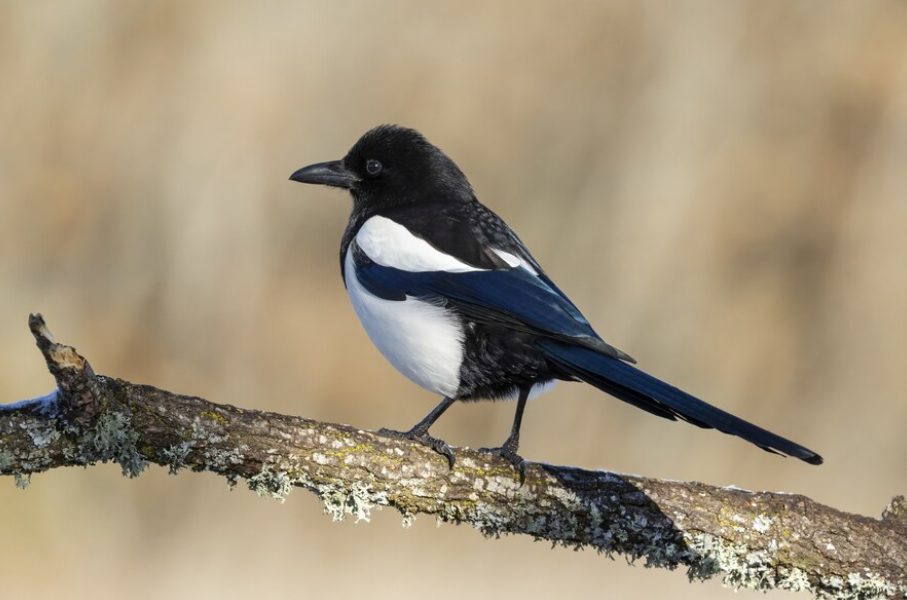3-Year-Old Likes to Eat Her Blanket and Wool

©️ krisprahl / Envato
This 3-year-old girl developed a terrifying obsession.
What began as a curious exploration of the world has turned into a difficult journey. The three-year-old has developed an appetite for unusual things, like glass and wool among others.
Wynter’s unusual behavior has transformed Stacey’s home into a battleground, where every corner holds potential danger. As the child’s condition worsens, Stacey finds herself trapped in a constant state of vigilance, her heart heavy with fear and uncertainty.
What could be the cause behind this? What is the peculiar condition she developed? How can a mother protect her child from such a bizarre and dangerous compulsion? And what hope remains for a future free from this terrifying ordeal? Can she save her daughter from this consuming obsession? Continue reading to find out!
Why Does This 3-Year-Old Girl Eat Unusual Things?
Stacey has caught her daughter eating plaster off the walls, foam from their sofa, wool from toys, and even candle wax. The most alarming instances have involved Wynter smashing photo frames and attempting to eat the glass shards.

“She is literally eating the whole house,” Stacey lamented. “I bought a brand-new sofa, and she’s taken chunks out of it. She’s really fussy with normal food, but she’ll sit and eat a sponge.”
Wynter’s unusual behavior began to manifest when she was around 13 months old. Before that, she had been hitting her developmental milestones like talking and walking. However, her development took a sudden turn when she became non-verbal and her atypical eating habits intensified.
Diagnosis of Pica and Autism
In January 2024, Wynter was officially diagnosed with both pica and autism. Pica is an eating disorder characterized by the compulsive consumption of non-food items.
It is relatively common among children with autism, as they often have sensory processing issues that lead them to seek out different textures and sensations.
“Pica can be more common in children who have autism,” Stacey explained. “I think it’s a sensory thing, and she craves the different textures. She has very severe autism, which means she doesn’t speak much and has some behavioral issues.”

The Daily Struggle
For Stacey, managing Wynter’s condition is a full-time job. She constantly monitors her daughter to prevent her from consuming harmful objects. The situation becomes even more challenging at night, as Wynter often wakes up and begins chewing on her cot and blankets.
“It’s exhausting to have eyes on her 24/7,” Stacey shared. “But I’ve got into a good routine, and I understand her needs.”
Stacey has found some success in providing sensory playtime to distract Wynter from her cravings. She has also equipped Wynter with a chewable necklace specifically designed for individuals with pica, which provides different textures for her to chew on safely.
Understanding Pica: When Cravings Go Beyond Food
Pica pronounced “pie-kuh,” is an eating disorder characterized by the compulsive consumption of non-food items that hold no nutritional value. While putting things in their mouths is a normal developmental stage for infants, pica goes beyond curiosity and can lead to serious health concerns.
More Than Just a Picky Eater
Unlike someone who simply dislikes certain foods, individuals with pica crave and eat things like dirt, clay, rocks, paper, ice, soap, or paint chips. This behavior can be harmless, like ice cravings during pregnancy (pagophagia), but often leads to ingesting dangerous substances.
Common Non-Food Items Eaten in Cases of Pica
- Dirt or clay (geophagia)
- Ice (pagophagia)
- Soap
- Paper
- Fabric
- Hair (trichophagia)
- Paint chips or plaster
- Metal objects
- Sand
- Animal hair or wool
- Laundry starch
- Cornstarch
- Baking soda
- Ashes
- Coffee grounds
- String or yarn
- Pebbles or rocks
- Eggshells
The Name Game: A Link to the Eurasian Magpie
The term “pica” comes from the Latin word for the Eurasian magpie (Pica pica), a bird known for its tendency to collect and eat unusual objects.

Who Is Most Affected?
Pica can occur in various groups:
- Young children: It’s common for toddlers to explore the world with their mouths, but pica persists beyond this stage.
- Pregnant women: Ice cravings (pagophagia) are a frequent but generally harmless form of pica.
- Individuals with mental health conditions: Pica is often seen in people with autism, intellectual disabilities, or schizophrenia.
A Common Yet Underreported Condition
Despite being relatively common, pica is frequently underreported due to:
- Embarrassment or shame associated with the behavior.
- Lack of awareness that pica is a diagnosable condition.
Not Just a Quirky Habit: Potential Health Risks
Consuming non-food items can lead to:
- Dental damage: Chewing on hard objects can chip or break teeth.
- Digestive blockages: Ingested items can cause obstructions in the intestines.
- Parasitic infections: Dirt and clay can harbor harmful parasites.
- Nutritional deficiencies: Pica can interfere with proper nutrition if food intake is replaced by non-nutritive substances.
The Psychological Impact
Pica can also have a significant mental health impact, causing:
- Embarrassment and shame around the behavior.
- Reluctance to seek treatment due to these feelings.
If you suspect someone has pica, it’s crucial to seek professional help. Early diagnosis and treatment can prevent serious health complications and improve the individual’s quality of life.
Hope for the Future
While there is no cure for pica, Stacey hopes that Wynter will eventually grow out of the condition. Pica can sometimes diminish as children age, especially when it is associated with autism. Stacey continues to seek advice and support from healthcare professionals, hoping to find the best strategies to manage Wynter’s condition.

For now, Stacey’s focus remains on keeping Wynter safe and ensuring she does not consume anything dangerous. “Luckily, she’s never really hurt herself as I very closely monitor her,” Stacey said. “But it’s a full-time job watching her.”
As Stacey navigates this challenging journey, she is not alone. Pica, though rare, affects approximately 18.5% of children at some point. It is more common in those with developmental disorders like autism, and while the road ahead may be difficult, families like the A’Hearnes are not without support and resources.
For more information on pica and how to manage it, families are encouraged to consult with healthcare providers and seek support from relevant organizations.
You may also like: AI Diagnoses Autism With Accuracy in Early Childhood


